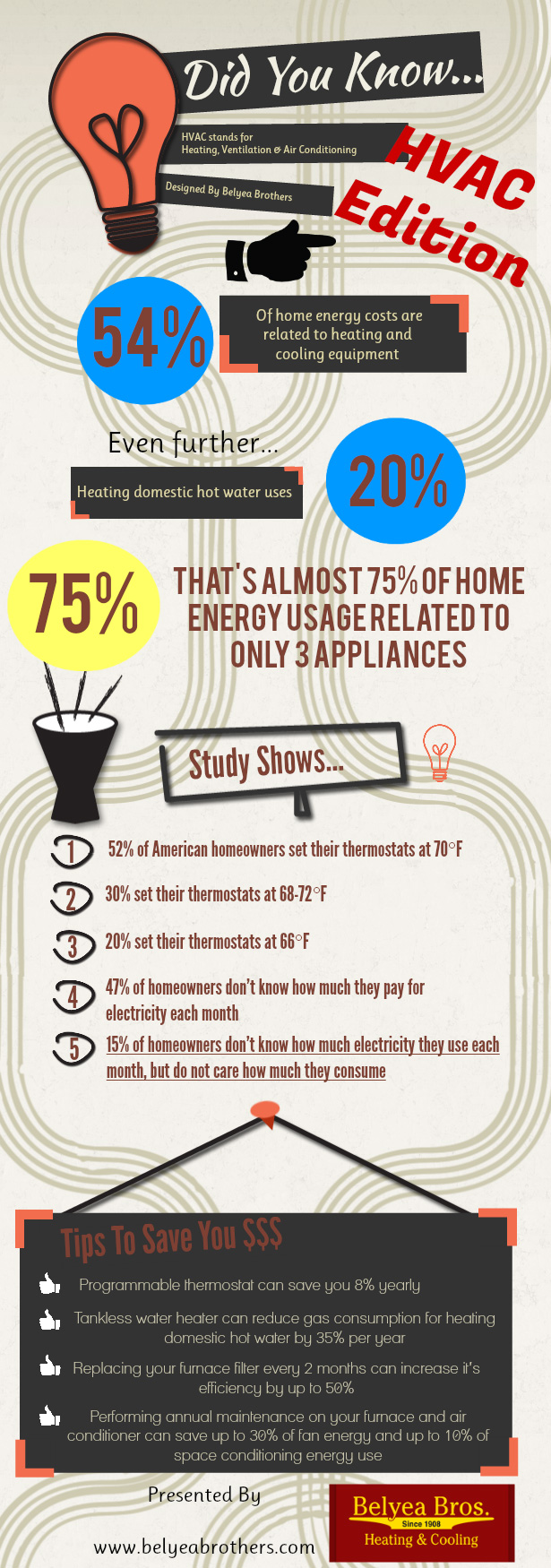The Ultimate Guide To Recognizing Heat Pumps - Exactly How Do They Work?
The Ultimate Guide To Recognizing Heat Pumps - Exactly How Do They Work?
Blog Article
Uploaded By-Gissel Singer
The very best heatpump can conserve you significant amounts of money on energy expenses. They can also help in reducing greenhouse gas emissions, especially if you use electrical power instead of fossil fuels like propane and home heating oil or electric-resistance heaters.
Heatpump work very much the like a/c unit do. This makes them a sensible choice to typical electric home heating systems.
Just how They Work
Heat pumps cool homes in the summertime and, with a little aid from electrical power or natural gas, they give a few of your home's heating in the winter months. They're an excellent option for individuals that wish to decrease their use of fossil fuels yet aren't all set to change their existing heater and cooling system.
They count on the physical reality that also in air that appears also cool, there's still energy present: warm air is constantly relocating, and it wishes to move right into cooler, lower-pressure environments like your home.
Most ENERGY celebrity certified heatpump run at near to their heating or cooling ability throughout the majority of the year, lessening on/off cycling and conserving power. For the very best performance, concentrate on systems with a high SEER and HSPF ranking.
The Compressor
The heart of the heatpump is the compressor, which is additionally referred to as an air compressor. This mechanical streaming tool uses potential energy from power creation to enhance the stress of a gas by minimizing its volume. It is various from a pump because it only services gases and can not deal with liquids, as pumps do.
Climatic air goes into the compressor through an inlet valve. It circumnavigates vane-mounted arms with self-adjusting size that split the inside of the compressor, developing multiple tooth cavities of differing size. The blades's spin pressures these cavities to move in and out of stage with each other, pressing the air.
just click the following webpage reels in the low-temperature, high-pressure cooling agent vapor from the evaporator and presses it into the hot, pressurized state of a gas. This process is repeated as required to provide heating or air conditioning as called for. https://www.bobvila.com/articles/best-air-duct-cleaning-services/ contains a desuperheater coil that recycles the waste warmth and includes superheat to the cooling agent, transforming it from its liquid to vapor state.
The Evaporator
The evaporator in heat pumps does the exact same point as it performs in fridges and air conditioning system, changing liquid refrigerant into a gaseous vapor that eliminates heat from the room. Heat pump systems would certainly not function without this essential tool.
This part of the system is located inside your home or structure in an indoor air handler, which can be either a ducted or ductless unit. It contains an evaporator coil and the compressor that presses the low-pressure vapor from the evaporator to high pressure gas.
Heatpump absorb ambient heat from the air, and after that make use of electricity to move that heat to a home or service in heating setting. That makes them a whole lot much more power effective than electrical heating units or heating systems, and due to the fact that they're making use of tidy electrical power from the grid (and not burning fuel), they also create far less discharges. That's why heat pumps are such terrific ecological options. (And also a big reason why they're coming to be so prominent.).
The Thermostat.
Heatpump are wonderful choices for homes in chilly environments, and you can utilize them in combination with traditional duct-based systems or perhaps go ductless. They're a terrific alternative to nonrenewable fuel source heating unit or standard electric furnaces, and they're much more sustainable than oil, gas or nuclear HVAC equipment.
Your thermostat is the most crucial component of your heatpump system, and it functions very in different ways than a conventional thermostat. All mechanical thermostats (all non-electronic ones) work by using materials that transform dimension with boosting temperature level, like coiled bimetallic strips or the increasing wax in a car radiator shutoff.
These strips include two different types of steel, and they're bolted with each other to develop a bridge that completes an electrical circuit linked to your heating and cooling system. As the strip gets warmer, one side of the bridge increases faster than the other, which triggers it to bend and signal that the heater is required. When the heatpump remains in home heating setting, the reversing valve turns around the flow of refrigerant, so that the outdoors coil now works as an evaporator and the indoor cylinder ends up being a condenser.